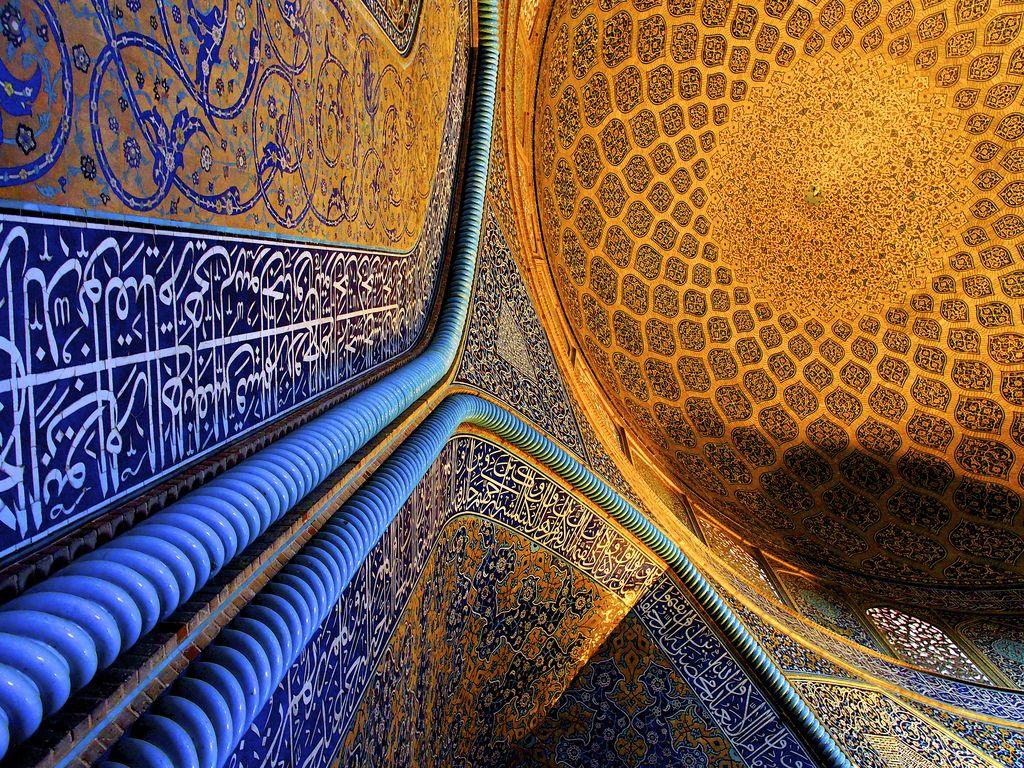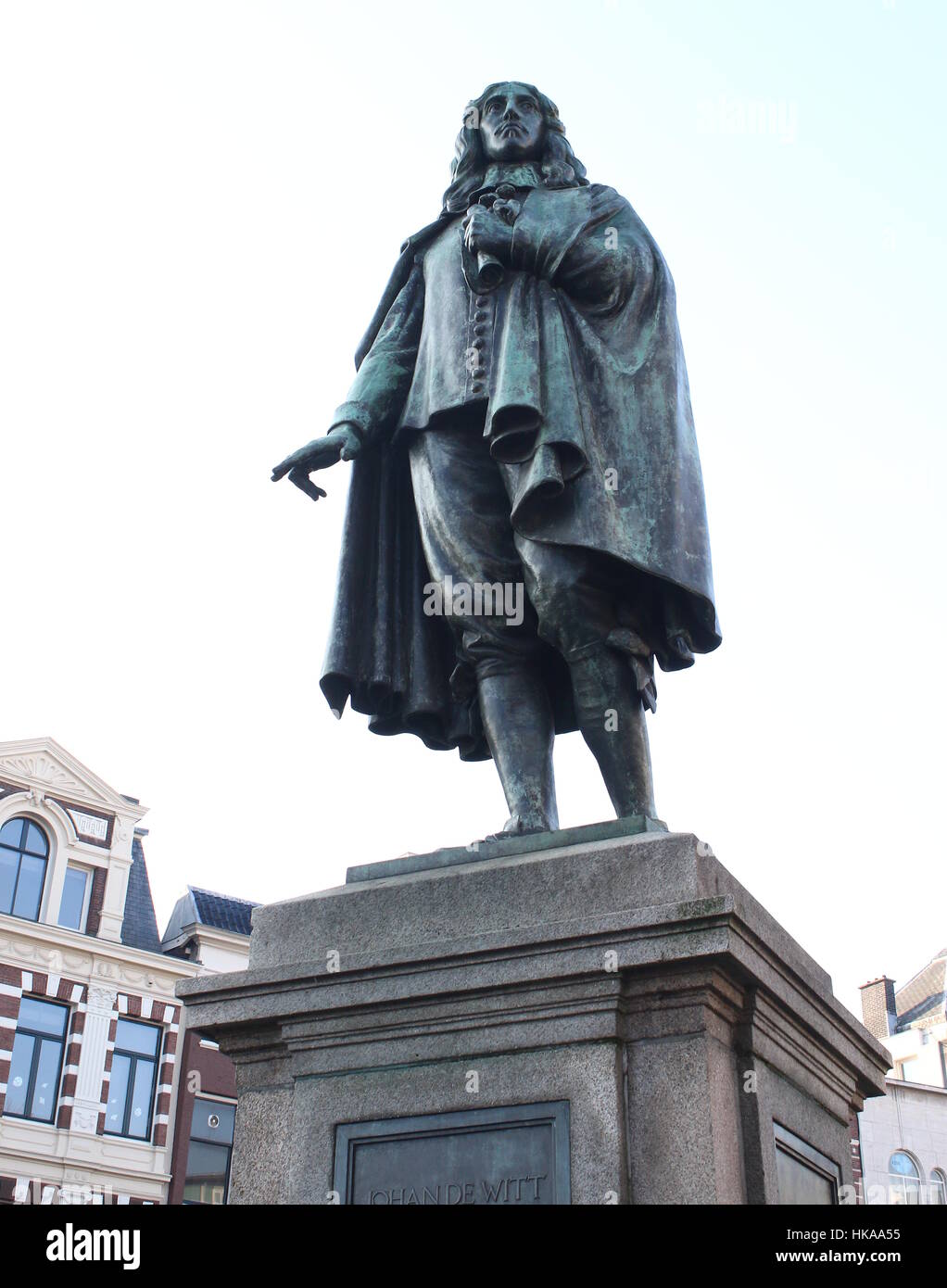

The history of carpet weaving in Persia dates back to the nomadic tribes. (The griffon is a mythical creature with the wings and head of an eagle and the body of a lion, and a symbol of the Persian capital of Persepolis.)īritish diplomats and members of the military serving in Pakistan brought roughly 180 of these gold and silver pieces-known as the Oxus Treasure-to London where they are now housed at the British Museum. The artifacts included a small golden chariot, coins and bracelets decorated in a griffon motif. In the 1870s, smugglers discovered gold and silver artifacts among ruins near the Oxus River in present-day Tajikistan. The elaborate rock murals depict equestrian scenes and battle victories.Īncient Persians were also known for their metalwork. As the Persian Empire expanded to encompass other artistic centers of early civilization, a new style was formed with influences from these sources.Įarly Persian art included large, carved rock reliefs cut into cliffs, such as those found at Naqsh-e Rustam, an ancient cemetery filled with the tombs of Achaemenid kings. The ancient Persians of the Achaemenid Empire created art in many forms, including metalwork, rock carvings, weaving and architecture. They built many new roads and developed the world’s first postal service. The Persians were the first people to establish regular routes of communication between three continents-Africa, Asia and Europe.


Map entitled 'Persian Empire in the Time of Darius and Xerxes,' shows territories in Asia and the Middle East during the 330s.Īt its height under Darius the Great, the Persian Empire stretched from Europe’s Balkan Peninsula-in parts of what is present day Bulgaria, Romania and Ukraine-to the Indus River Valley in northwest India and south to Egypt. Its impact is compared that of the Rosetta Stone, the tablet that enabled scholars to decipher Egyptian hieroglyphics. The Behistun Inscription, a multilingual relief carved into Mount Behistun in Western Iran, extolls his virtues and was a critical key to deciphering cuneiform script. He unified the empire through introducing standard currency and weights and measures making Aramaic the official language and building roads. It united under one government three important sites of early human civilization in the ancient world: Mesopotamia, Egypt’s Nile Valley and India’s Indus Valley.Ĭyrus the Great is immortalized in the Cyrus Cylinder, a clay cylinder inscribed in 539 BC with the story of how he conquered Babylon from King Nabonidus, bringing an end to the Neo-Babylonian empire.ĭarius the Great, the fourth king of the Achaemenid Empire, ruled over the Persian Empire when it was at its largest, stretching from The Caucasus and West Asia to what was then Macedonia (today’s Balkans), the Black Sea, Central Asia and even into Africa including parts of Libya and Egypt. The first Persian Empire under Cyrus the Great soon became the world’s first superpower. He founded the first Persian Empire, also known as the Achaemenid Empire, in 550 B.C. The Persian Empire started as a collection of semi-nomadic tribes who raised sheep, goats and cattle on the Iranian plateau.Ĭyrus the Great-the leader of one such tribe-began to defeat nearby kingdoms, including Media, Lydia and Babylon, joining them under one rule.


 0 kommentar(er)
0 kommentar(er)
